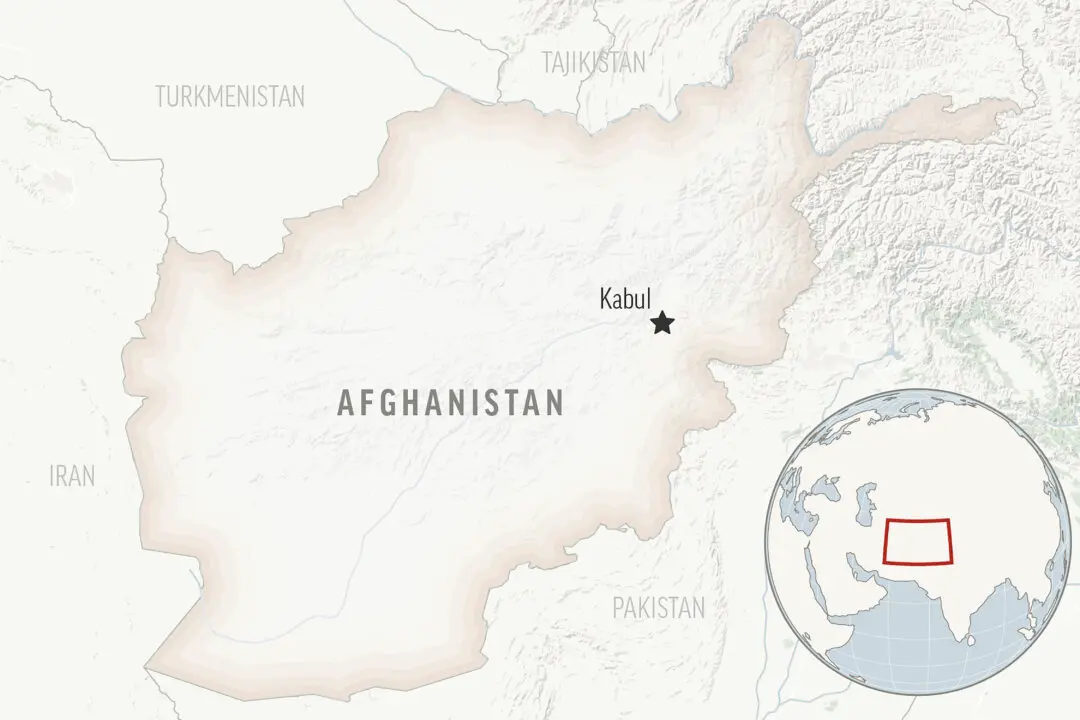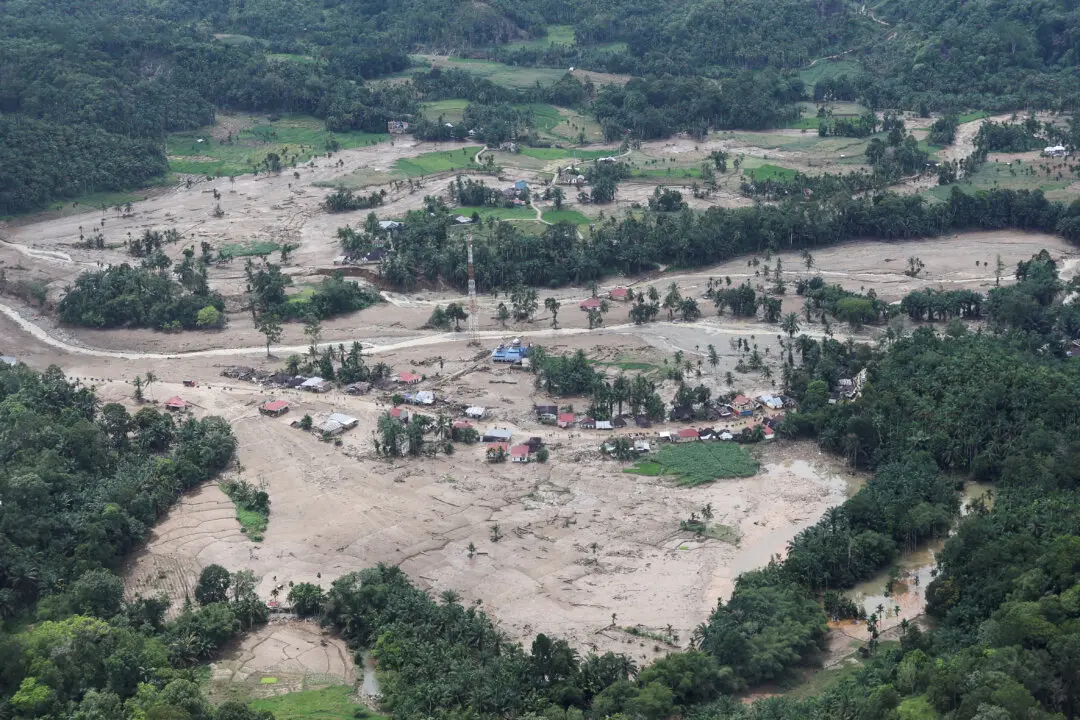WASHINGTON—Beginning more than a millennium ago, intrepid seafarers traversed vast Pacific Ocean expanses in double-hulled sailing canoes to reach the far-flung islands of Polynesia, the planet’s last habitable region to be settled by people.
A genetic study published on Wednesday has deciphered the timing and sequence of this settlement of an area spanning about a third of Earth’s surface, with Samoa as the starting point while Rapa Nui, also called Easter Island, and other locales known for megalithic statues were among the last to be reached.





